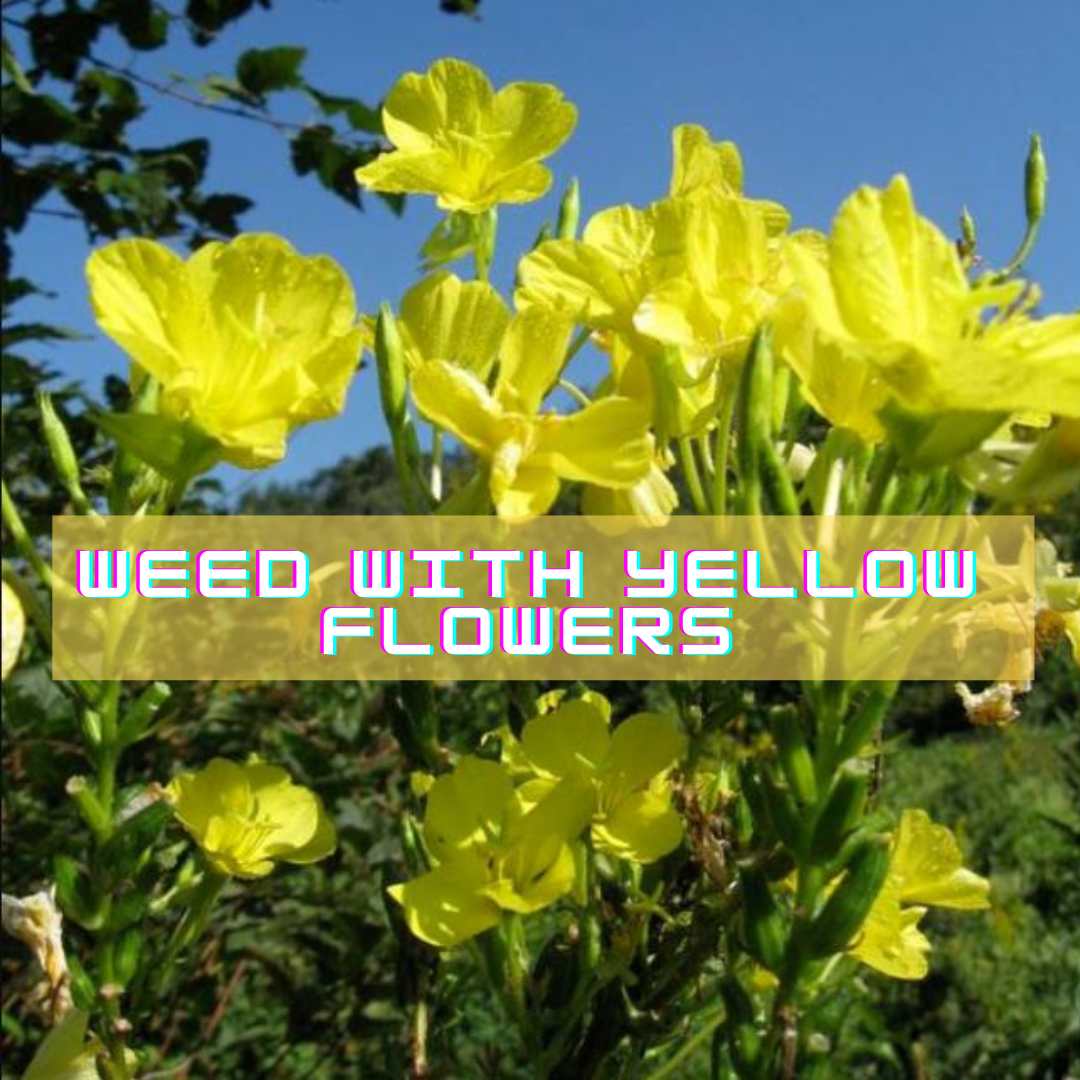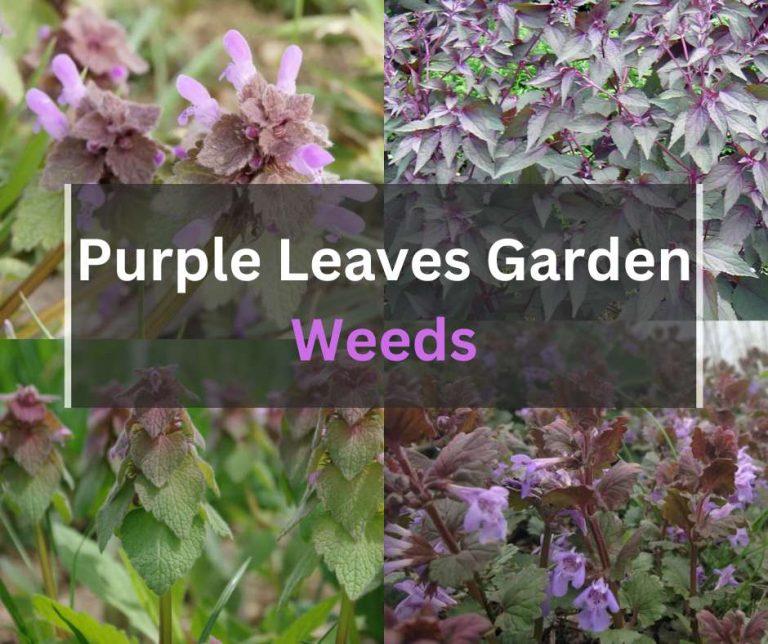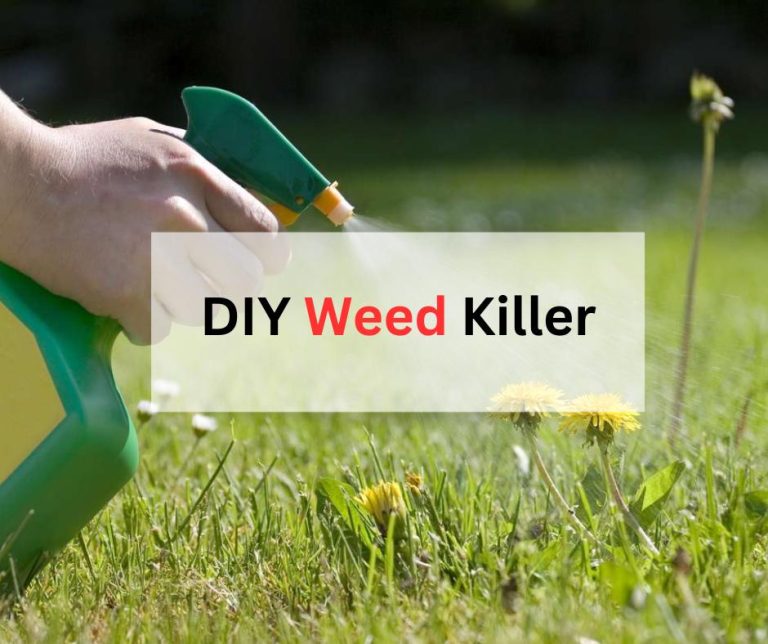9 Best Weed with Yellow Flowers (Benefits, Problems & Identification)
Have you ever observed a yellow flower that you never planted in your garden but grew automatically? That gorgeous, small yellow flower might be the flower of the weed that grows between the plants without even planting the seeds. Isn’t it amazing!
The weeds are sprouted around 5-6 feet tall and further turned into a yellow flower which we see as a bunch. The flowers can be more than thirty types based on how they look, grow, or survive. Though these are effortlessly grown plants each of them has individual properties and functions.
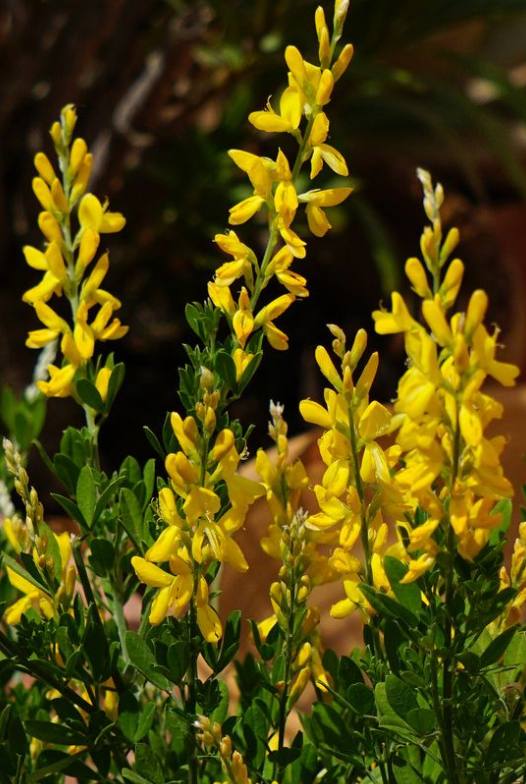
Weed with Yellow Flowers
Tall Weed With Yellow Flower
Weeds are mainly small in size around 2 to 3 feet and remain as a colony. But some of them show the tendency to become up to 6 feet tall. Common primrose is one of them to have a taller structure.
Common Evening Primrose
Scientific Name: Oenothera Biennis
Family: Onagraceae
Evening Primroses are one of the most popular when it comes to weed flowers. These are mainly bright yellow colored, bowl-shaped, and have a lemon-like citrus smell which some people prefer to keep around. It can grow up to 3 to 6 feet and is mostly found in North America.
The Primroses give a fresh and soft vibe of summer and spring. The petals of Primrose remain open from evening to late morning.
The low-maintenance flower even can survive in drought and rocky soil. Moderate fertile soil and full or partial sunlight can be worked to keep them alive.

| Pros | Cons |
| They are not only pleasing to look at but also they can be used in cooking. The whole plant is edible. You cook it as a vegetable or use it for garnishing the salad. These are used in flower beds and borders to embellish the garden. | As they grow faster, we have to maintain them regularly. |
Chickweed with Yellow Flower
Scientific Name: Stellaria media
Family: Caryophyllaceae
Chickweeds are annual flowers that are endemic to Eurasia and can be found in Northern Europe and broadly spread throughout the Himalayas. Chickweed flower has whitish-yellow colored petals whereas the center has a yellow color that gradually spreads over the whitish petals. It has hairy leaves and stems that can be raised to 13 inches. It naturally grows in waste and open areas.
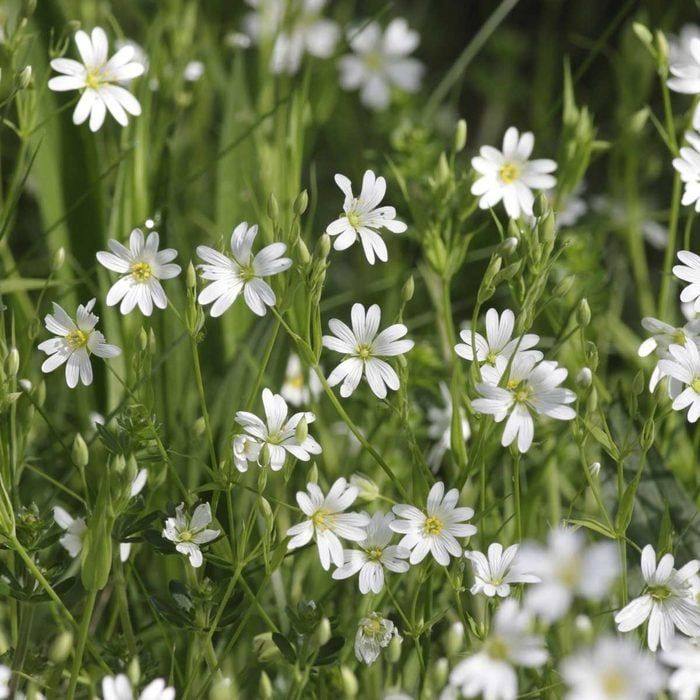
| Pros | Cons |
| It is mainly used in salad dressing popularly known as the Salad herb as it can inhibit fat storage as it hampers the fat digestion enzymes. For this reason, it is known as an anti-obesity herb. It is also good for our gut health and maintaining a fit body. For being edible and nutritious people prefer to cultivate chickweed in their lands. | Though it has great properties it can be harmful for some species like fish as it releases a chemical called Saponins. So we should refrain from growing them near the water bodies where fish are being cultivated. |
Weed with Small Yellow Flowers
Some weeds may not be that much taller but pleasant to look at and have many benefits. They grow up to 2 to 3 feet.
Yellow Sorrel
Scientific Name: Oxalis Stricta
Family: Oxalidaceae
Yellow sorrels are also known as the Lemon Clover, Pickle plant, Wood sorrel, and Oxalis. These can grow up to 1 foot and effortlessly bloom without any fertilizer with direct or partial sunlight. Along with alternative petals, this bright yellow flower has delightful heart-shaped leaves that make the whole plant more fascinating.
For this reason, most gardeners prefer to keep it in their garden.
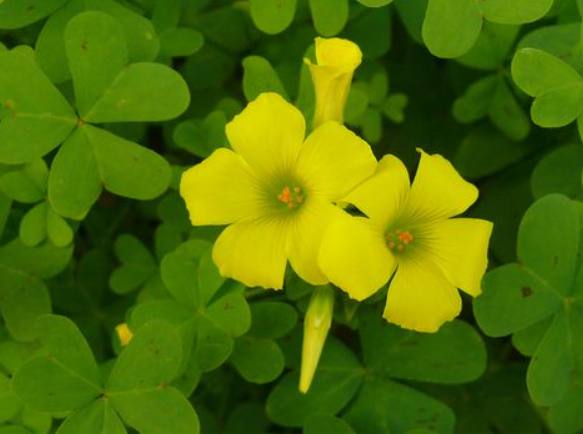
| Pros | Cons |
| It is used as a natural pest repellent. | Though it seems beneficial, people who are susceptible to oxalic acid should remain away from it as it may cause rashes. |
Yellow Toadflax
Scientific Name: Linaria Vulgaris
Family: Plantaginaceae
Yellow Toadflax also known as Yellow Toadflax is mainly of bright yellow or cream-colored flower that has some orange spots in the middle of the flowers which depict an illusion of an egg-like feature where the orange spot seems like the egg yolk and the petals be the white part. For this reason, it is also known as butter-and-eggs.
It can be found on the sidewalks, flower beds, rangelands, cultivated fields, and Westlands. This interesting flower can grow up to 1 to 2 feet and blooms during the late Autumn. It rapidly grows and the root can be spread over 10 feet which further gives rise to other branches.
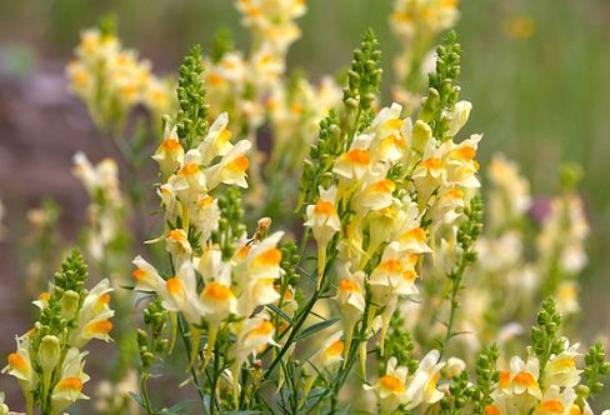
| Pros | Cons |
| Flower bed beautification. | As it grows that much faster it becomes a little difficult to eradicate them easily. Direct sunlight is a must for their growth. |
Yellow Nutsedge
Scientific Name: Cyperus Esculentus
Family: Sedges
Yellow Nutsedges are enormously found in tropical to temperate regions like North America, Europe, and Africa. They are mostly found in California to a great extent up to 1000 m. The stems are mostly erect and hairless which is identical to grass. The flower can grow up to 2 to 2.5 feet with branches in a colony.

| Pros | Cons |
| They are pretty to look at until they create excessive branches and look like bushes. | These are difficult to manage due to their rapid growth and dense colonies. It can reduce crop yield tremendously which results in ample damage to the agricultural fields. For this reason, despite being pretty to look at, no one wants to keep the Nutsedges in their garden as they create an unnecessary blockage. |
Yellow Rocket
Scientific Name: Barbarea Vulgaris
Family: Brassicaceae
Yellow rockets also known as winter rockets or herb barbara can be found between April to July that bring bright yellow color to the fields. It looks almost similar to yellow mustard. But the yellow rockets can be differentiated by their tiny deep golden yellow flower with slightly lavender leaves.
The flowers come in clusters and the stem can be 2 to 3 feet tall. Though it is native to Eurasia it can be found in North America and New Zealand. It usually grows in moist, alluvial soil.
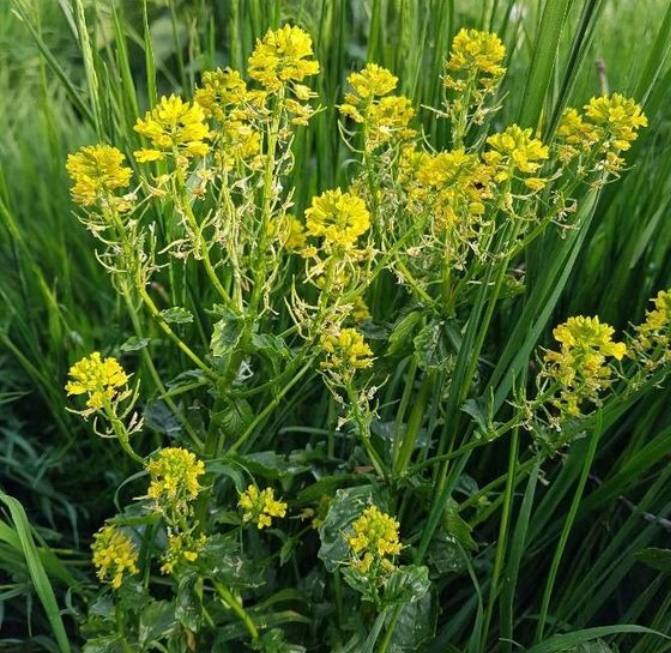
| Pros | Cons |
| Yellow rockets are also edible as you can have them as a vegetable. | Excessive growth can cause bushes and becomes difficult to remove. So we need to maintain it regularly. |
Yellow Salsify
Scientific Name: Tragopogon Dubius
Family: Asteraceae
Yellow salsify is almost similar to sunflowers. The discrepancy arises whenever we carefully observe the less amount of petals compared to the sunflowers. They grow up to 2 to 4 feet and can be found in Europe and Asia.
It can survive partial shade to full sun. They can grow in depleted and sandy earth soil with bare minimum care.

| Pros | Cons |
| To increase the magnificence of the grassland. | They are mostly nontoxic, but sometimes people with susceptible skin can face rashes and irritation. |
Creeping Buttercup
Scientific Name: Ranunculus Repens
Family: Ranunculaceae
Creeping buttercups are really small and grow up to just 1 foot. This tiny, bright yellow flower is found in Europe, western Asia, and North Africa. Moist soil is preferable for them to survive. They are usually tolerant of floods and droughts.
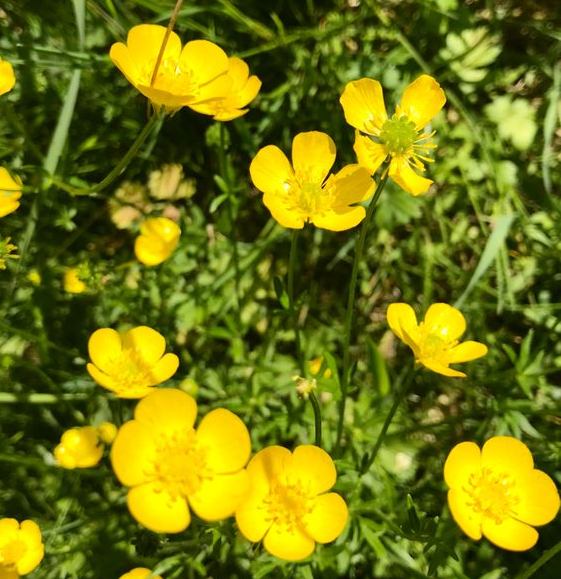
| Pros | Cons |
| Brings color to the garden with a summerish vibe. | It can be toxic to residents and domestic animals if consumed extensively. It contains Protoanemonin which can provoke blisters and allergic reactions if come in contact. |
Black Medic
Scientific Name:Medicago Lupulina
Family: Fabaceae or pea
The black medic also known as the black clover has stars like a small mustard yellow color flower which can grow only up to 60cm to 2 feet.
They can grow in adverse situations as well as in poor nutritious soil. They are low-maintained and especially found in Europe and Asia.
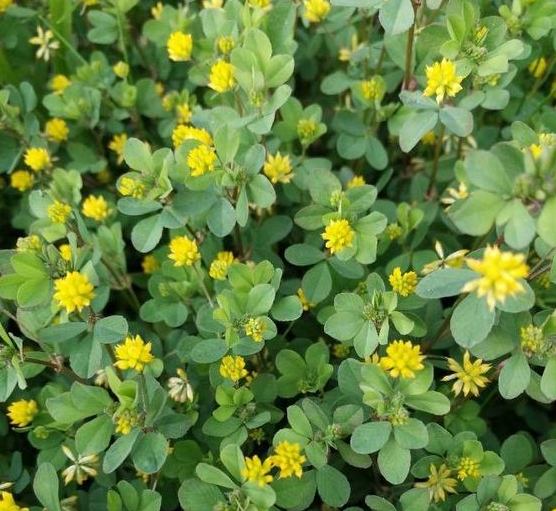
| Pros | Cons |
| They have a shoal root system and contribute as a nitrogen fixer to the soil. As a result, the nitrogenous flow remains balanced and the surrounding plants also get benefitted from it. | Nothing. They are usually not toxic and environment friendly |
The variant of yellow weed flowers is too innumerable to describe. Though they can be found naturally without even being taken care of, we sometimes neglect their importance. Though some of them have health benefits, some of them also can be malignant.
For this reason, we should acquire proper and ample knowledge to fully have the benefits as well as to avoid the venomous effect.

I am the founder of FinalGardening. With over five years of hands-on experience in gardening. I have dedicated myself to sharing my expertise and insights with fellow gardening enthusiasts. I aim to empower you with the information and necessary resources to achieve gardening success.

